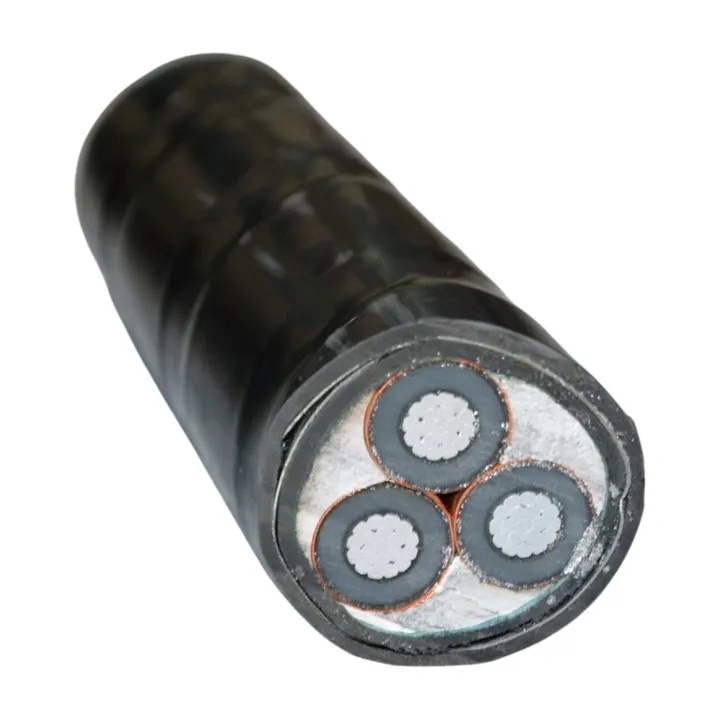Time: 2025-05-08 07:39:44 Source: Henan Province Jianyun Cable Co., Ltd.
Medium voltage (MV) cables are electrical cables designed to transmit power at voltages ranging from 3.6 kV to 35 kV, bridging the gap between low voltage (up to 1 kV) and high voltage (above 50 kV) systems. They are critical for power distribution in urban and rural networks, industrial facilities, mining operations, and transportation systems like railways. MV cables typically feature copper or aluminum conductors, insulation (often cross-linked polyethylene, or XLPE), and protective layers like metallic shields and PVC sheaths to withstand high electrical and environmental stresses. Their robust construction ensures reliable power transmission over medium distances, making them essential for modern infrastructure.

The life expectancy of MV cables is typically 25-35 years under optimal conditions, though some cables, particularly those with XLPE insulation, can last 40-50 years or more with proper maintenance. Older paper-insulated cables, used historically, often have shorter lifespans due to degradation. However, real-world factors like environmental stressors, overloading, and installation quality can significantly reduce this lifespan, sometimes leading to failures within a few years. Regular testing and maintenance can help cables exceed their design life, minimizing costly outages and replacements.
Several factors influence the longevity of MV cables, impacting their insulation, conductors, and overall performance:
Over 90% of MV cable failures (35 kV and below) are attributed to external factors like these, emphasizing the need for careful design and maintenance.
MV cables are available in single-core and multi-core configurations, similar to other cables like THHN or LSOH discussed previously:
Unlike TFFN (limited to dry locations) or LSOH (focused on fire safety), MV cables prioritize high-voltage stability and environmental resistance, with XLPE insulation enhancing longevity in both configurations.
The choice of insulation significantly affects MV cable life expectancy. The table below compares common insulation types:
| Insulation Type | Life Expectancy | Temperature Rating | Key Features | Weaknesses |
|---|---|---|---|---|
| XLPE | 40-50 years | 90°C (long-term), 250°C (short-circuit) | High thermal stability, moisture resistance | Higher cost |
| Paper-Insulated | 20-25 years | 70-85°C | Historically common, reliable in dry conditions | Prone to moisture degradation |
| EPR | 35-50 years | 90°C (long-term), 250°C (short-circuit) | Flexible, good electrical properties | Less common, higher cost |
Note: Lifespans assume optimal conditions; actual performance varies with environmental and operational factors.
Proactive maintenance can significantly extend MV cable life and prevent unexpected failures:
These measures can help MV cables, especially XLPE-insulated ones, exceed their 25-35-year design/firewall life.
Medium voltage cables, critical for power distribution, typically have a life expectancy of 25-35 years, with XLPE-insulated cables lasting up to 50 years under ideal conditions. Factors like insulation quality, environmental stressors, installation practices, and electrical loads significantly impact longevity, with over 90% of failures linked to external conditions. Single-core and multi-core MV cables, such as 4-core configurations for three-phase systems, require careful selection and maintenance to maximize lifespan. By using robust insulation like XLPE, conducting regular testing, and following proper installation guidelines, you can ensure reliable performance and minimize outages. Consult a professional electrician to optimize MV cable selection and maintenance for your specific application.